Summary:
– “Climate change” and “supply chains” are both extremely complex subjects. Climate change encompasses a range of phenomena: precipitation patterns, temperature, emissions, pollution, erosion, desertification, etc. Similarly, “supply chains” is too general a term to be of analytical value. The supply chain for wheat, for example, may share little in common with the supply chain for an advanced microchip.
– Our goal in this article will be to offer an adaptable analytical approach to integrating climate change into a geopolitical risk assessment of global supply chains. We will develop usable concepts and definitions for climate change, supply chains, and geopolitics and construct a framework for understanding how these phenomena interact with each other.
– We will turn our attention to two cases studies: wheat (a commodity particularly susceptible to climate change) and advanced semiconductors (a complex, manufactured product dependent on multiple supply chains). By applying this analytical approach, we hope to provide a high-level outline for government officials and supply chain professionals to empower them to better strategize how they can tailor to managing specific risks and opportunities in the face of such large and unwieldy forces.
Definition of Terms
Analysis of human behavior is an act of supreme hubris. Analysis is the notion that the human mind can split a broad topic into its constituent parts, examine them, stitch the topic back together, and have emerged with unique and fundamental insight into the analyst’s target. Analysis in the case of a static subject, like an industrial product, is relatively easy. One can take apart the components of a machine and, with some skill, reassemble them, and understand how the machine works, with the machine being no worse for the where. But applying analytical methods to things like geopolitics, climate change, and supply chains – which are all dynamic – is far more difficult. The very act of attempting to reduce such complex processes to words on a page is to tilt at windmills.
The word “analysis” derives from an ancient Greek word meaning, roughly, “to loosen up.” But as this paper will embark on a study of two of the most complicated and dynamic aspects of modern life – geopolitics and climate change – and in turn, how these dynamic forces affect the circulatory system of modern industrial life, namely, supply chains, it is worth beginning with a warning paraphrased from Socrates: that ignorance is the beginning of wisdom. The most important aspect of geopolitical analysis, in particular, is to reject both assumptions and certainties: to maintain enough intellectual flexibility and confidence in the face of unexpected developments without becoming paralyzed; to never fall in love with one’s own ideas, no matter how elegant.
Geopolitics is a 19th century European social science that surmises that geography exerts a significant influence on the behavior of states.[1] The essence of geopolitics is deceptively simple: the state will always pursue survival and power within the limits of geography, and most of its behavior will be driven by these basic instincts, whether conscious or not.[2] The “science” of geopolitics is to determine a state’s imperatives and constraints.[3] The former are those things a nation must do to survive. The latter are obstacles to a nation achieving its imperatives. The goal of geopolitical analysis is to produce a dynamic, explanatory model that is predictive of international political behavior by examining the interplay between various states’ imperatives and constraints on a net basis.
Climate change is an oxymoron. Climate, strictly speaking, is always in a constant state of change. In the time it has taken the reader to get through the first few paragraphs of this paper, the temperature outside may have changed by a degree, or the winds may have shifted direction or changed intensity. “Climate change” as it is understood today – negative, large-scale climate changes, especially but not limited to an increase in the planet’s average temperature due to carbon emissions, which, in turn, are due to human industry and behavior – is a relatively recent idea.[4] Climate change must encompass everything from regularly shifting weather patterns, desertification, global warming and cooling cycles, a range of other variables.
A supply chain, defined at its simplest, is the “activities required by an organization to deliver goods or services to a consumer.”[5] Supply chains have grown increasingly more complex since the First Industrial Revolution greased the wheels of global commerce.[6] The reconstruction of much of the developed world after World War II along the lines proposed to Bretton Woods, combined with the U.S.-China détente of the 1970s and ultimately the collapse of the Soviet Union in 1991, ushered in an unprecedented era of globalization. Today, a global supply chain for a single product can be infinitely complex, encompassing everything from sourcing raw materials, labor, and assembly in multiple countries, and trade across myriad borders before a good or service to delivered to its intended customer.
Geopolitically, the world is undergoing a transformation. The unipolar era of U.S. relative dominance over potential rivals is giving way to a multipolar era reminiscent of the decades that immediately preceding World War I, replete with rising and falling great powers, a global competition to secure access to critical raw materials, and elevated trade tensions. The acceleration of specific aspects of human-induced climate change is leading to weather patterns that are increasingly more erratic and unpredictable. It is also leading to increases in transnational migration and challenging food security, manifesting as protectionist trade policies related to products deemed to relate to national security and a renewed “scramble” to secure access to energy, food, and critical mineral commodities.
These long-standing processes were accelerated by COVID-19 – a global pandemic which reminds how warming trends lead to a distinct rise in microbiologic infections acquired from animals.[7] Before the pandemic, the U.S. launched a trade war against China because the latter had come to enjoy a dominant position in global supply chains. COVID-19 led to a sudden awareness of the risks of dependence on a single node of failure, like China, in addition to attendant geopolitical risks and rising labor costs. Perch Perspectives predicted in March 2020 that global companies would struggle to bear the brunt of dislocation as they reformed their supply chains to become more resilient and less dependent on a single country – a forecast that has clearly come to fruition in the last 12 months, and a process that is far from over.[8]
Due to the sheer complexity of each of these topics, it is impossible to make broad or general statements about the relationship between geopolitics, climate change, and supply chains. That is one of the cardinal mistakes of analysis: attempting to simplify that which is complex and dynamic. Increasing the resilience of supply chains by accounting for geopolitical and climate change variables is not a question in search of a neat and tidy answer, but a problem in search of an iterative and flexible process. As such, rather than grope for grandiose and unfalsifiable assertions – patterns of thought which are the enemy of useful analysis – this analysis will delve briefly into two very different case studies. By applying geopolitical analytical techniques to the impact of climate change on supply chains for wheat and for semiconductors, the goal is to sketch how to go about tackling these difficult questions rather than making summary conclusions with insufficient data.
Wheat
Global wheat prices are one of the most effective leading geopolitical indicators for unrest. Take, for example, the 2006-2009 drought in Syria and Iraq. Conditions in Syria were particularly bad: the UN Food and Agriculture Organization described the situation in 2007 as “the worst drought to strike Syria in four decades.”[9] Syria’s drought came as global food prices were climbing upwards, which led to higher prices and supply disruptions in water-constrained countries in North Africa and the Middle East. This underlying pressure exploded in December 2010, when a Tunisia vegetable salesman self-immolated to protest his dire prospects and his feelings of personal humiliation.[10] What happened next is now common history: the Arab Spring brought down dictators in Tunisia, Egypt, Syria, and Libya; the Islamic State rose from the ashes and declared a caliphate, which in turn played a significant role in the short-lived U.S.-Iran nuclear deal. Migrants from the region headed for the exits, leading to the EU’s immigration crisis, and by extension, Brexit.
These geopolitical developments can, in a sense, be traced back to a drought in Syria that crippled the part of the country where wheat was grown. This, in turn, was the continuation of a long-term desertification trend in the Middle East, which was the cradle of civilization thousands of years ago. As a result, young men from the countryside, unable to make a living farming, flooded Syrian cities, creating a disillusioned class willing to fight against a repressive political regime and anxious for an ideological framework that could supply meaning to their lives.[11] This knowledge is ominous when considering that global food prices, and in particular, wheat prices, are ascending again. While global wheat prices remain significantly below their 2008/09 peaks, the question is whether 2022 will see a return to the previous downward trend – or whether the price-rise in the last two years have been the overture to a sustained rally.[12]
The outlook for global wheat prices in the short-term is for higher prices, as evidenced by the imposition of wheat export taxes by the top global exporter: Russia.[13] Even here, however, the picture is not clear. Some experts believe Russia is poised to “win” the global climate crisis.[14] The rationale for this is fairly simple: global warming will lead to rising temperatures in the Arctic. As Russia is the country with the most Arctic territory in the world, it will suddenly enjoy a climate change dividend as Siberia becomes a fertile breadbasket. A UN map predicting changes in overall agricultural production by 2050 shows Russia increasing relative to most of the rest of Asia. In another study, Russia’s wheat production is not only forecast to increase, but its share of the global market is forecast to increase as well, due to declines in rival exporters’ market share because of climate change.[15]

Contradicting this, however, are analysts equally convinced that Russia’s wheat production capacity will not benefit at all from climate change – but quite the opposite. According to CSIS, “dramatic shifts in global weather patterns, accelerated by warming Arctic waters and a diminishing ice cap, are expecting to increase droughts in Russia’s rich southern agricultural “breadbasket” regions encompassing Stavropol and Rostov. This could pose food security risks and threaten a primary Russian export: wheat.” In addition, “though climate change will expand arable land in Russia in its northern latitudes,” these improvements will not make up for lost production in Russia’s traditional growing regions, which have seen arable land shrink by thousands of acres in the last few years.[16] It is not a coincidence that Russian aggression toward Ukraine – the world’s fifth-largest wheat exporter – has become more serious just as Russia’s food security has become more uncertain. Russian President Vladimir Putin no doubt remembers the negative impact Soviet dependence on imports of foreign grain – especially U.S. wheat – had on the USSR.[17]
In addition to the challenges posed by global warming and desertification, global wheat prices are also susceptible to more mundane and predictable global weather patterns. For the last 12 months, much of South America has been facing one of the worst droughts in recorded history – Brazil’s National Meteorology System (SNM) has described it as the worst in Brazil in 111 years.[18] This drought has more to do with the presence of a “double-dip” La Niña pattern in the Pacific Ocean.[19] During La Niña, surface winds across the entire tropical Pacific are stronger than usual, and most of the tropical Pacific Ocean is cooler than average. La Niña leads to a higher probability of increased rainfall over Southeast Asia, cooler and drier conditions in the western part of North and South America, and more hurricanes in the Atlantic Ocean basin. As a result, countries like Brazil and Paraguay have already been revising crop harvest projections downwards. In addition, low levels on the Paraná River are making it harder for South American farmers to get their crops to market.
Integration of geopolitics and climate change into a better understanding of the global wheat supply chain, therefore, is indispensable. The future of wheat production and prices has always been dependent on weather patterns like La Niña – but human-induced climate change and geopolitical competition are introducing new variables that must be incorporated into an analytical model. From the point of view of major wheat producers, like Russia and Canada, climate change may offer significant benefits in terms of increased availability of arable land, but even these optimistic projections must be tempered with declining yields in traditional breadbaskets and more irregular weather patterns. Major consumers, like India, China, Saudi Arabia, and most of sub-Saharan Africa, are engaging in varied tactics to try and achieve greater security of supply. Recent protests by Indian farmers over much-needed reform to India’s agricultural markets sparked significant unrest and suggests India may struggle, and as a result, will be buying more wheat in the future.[20] It remains to be seen if Saudi delusions of grandeur over utilizing hydroponics can make its deserts bloom.[21] One of China’s imperatives is to stabilize its domestic grain output, which is difficult anytime weather does not cooperate (as during July 2021 floods).[22] Africa’s problem is not that it lacks natural resources but that its countries have lacked the governance, stability, and infrastructure necessary to take advantage of them – to the extent that sub-Saharan African countries are obtaining just 20 to 30 percent of possible yields.[23]
Geopolitical analysis, as a result, is a critical tool for investors, farmers, and agribusiness to integrate into their price forecasts and projection frameworks. The basic geopolitical imperative of wheat importers is to ensure the security of supply, while the imperative of exporters is to boost their exports while reserving enough for domestic consumption. Constraints to these imperatives are intertwined with climate change, both the dynamism of standard weather patterns and the acceleration of human-induced phenomena like desertification, warming, and erratic but more deadly storms. Nowhere is this more significant than in India, where the monsoon season is becoming stronger and more erratic, upending centuries of accepted knowledge.[24] These gyrations will inevitably have domestic political impacts, and as in the case of the Arab Spring, can have derivative second and third-order effects that make tracking such variables critical for those with indirect interests in key countries in the wheat supply chain.
This framework is sketched in intentionally broad terms, as the specific interests of a given actor will determine what imperatives and constraints are most critical. Marrying geopolitical analysis to climate change awareness and supply chain resilience is a task of surgical precision. The considerations above point towards macro considerations to track and layout a rough basis for how to think about layering these variables into a model, but their effectiveness is dependent on tailoring the impact of these variables to specific and falsifiable forecasts, which is what transforms a geopolitical model from wishful thinking to a dynamic and constantly updated tool to stay ahead of supply chain disruptions.
Semiconductors
Wheat’s exposure to geopolitical risks and climate change is relatively straightforward. Wheat is an agricultural commodity. It is planted in the ground, harvested, and transported elsewhere. It is inherently cyclical, and its yield depends on specific weather conditions. While there are a few important inputs into the wheat supply chain – chief among them fertilizer – these inputs are not esoteric and are easily tracked. The same cannot be said for semiconductors, which is why they will serve as the second case study.
Semiconductors are the embodiment of the era of globalization. They are highly complex products to both design and manufacture, entail massive investment outlays, and have large energy footprints. Furthermore, the global semiconductor supply chain is both lean and highly integrated. The U.S., Taiwan, South Korea, Japan, China, and the European Union have specialized capabilities at separate steps of the semiconductor supply chain – but no country can replicate the entire semiconductor supply chain by itself. Examples of this extreme dependence on particular nodes of the supply chain include Taiwan’s ~54 percent market share of the global foundry market and ASML’s 100 percent market share of the extreme ultraviolet (EUV) lithography systems critical to fabricating the most advanced semiconductors.[25] Just a smartphone application processor will 10 different national borders before going to market.[26]
Taiwan’s dominance in the global foundry market by itself exposes the semiconductor supply chain to specific and massive geopolitical risk. China’s long-term goal is to reintegrate Taiwan into the mainland, while the U.S. and its allies, like Japan and Australia, want to maintain Taiwan’s status quo as something less than a sovereign, independent country but more than a rogue province for China to eventually absorb, à la Hong Kong. But it is hardly the only geopolitical factor affecting the semiconductor supply chain. The ongoing Japan-South Korea trade dispute, which began in 2019, also has massive implications for the semiconductor supply chain, leading to disruptions in the global supply chain and incentives for Korean chipmakers to develop vertically rather than depend on Japanese suppliers.[27] Or consider the European Union’s new strategy for data and digital sovereignty, a clear indicator that geopolitical risks for the semiconductor supply chain are not limited to Asia alone.[28]
The impact of climate change on semiconductor supply chains is not as apparent as its geopolitical risks but is no less critical. For one thing, semiconductor manufacturing is consuming more and more electricity worldwide each year. The chip-dependent information and communication technology (IT) sector may account for 7 percent of global energy demand by 2030, which makes the semiconductor supply chain exposed to both energy geopolitics and the broader transition away from hydrocarbons to renewables due to climate change politics.[29] Even as semiconductor manufacturing becomes more efficient, both in terms of energy usage and carbon emissions, its overall footprint continues to increase due to increased demand because of the Internet of Things (IoT) revolution, the widescale roll out of 5th Generation wireless networks, and increased automation of manufacturing processes globally.
And that is before accounting for the natural resources that go into manufacturing semiconductors, like copper, lithium, silicon, and other mineral commodities. Water is also a critical input for semiconductor production, as last year’s drought in Taiwan made abundantly clear. Taiwan Semiconductor Manufacturing Company’s water consumption has increased by a factor of 5 in the last decade alone – in 2019, TSMC used enough water to fill 79,000 Olympic-sized swimming pools, while accounting for almost 5 percent of Taiwan’s entire energy consumption.[30] A water shortage in Taiwan eventually led to TSMC buying water by the truckload and shipping it to foundries even as the Taiwanese government imposed stringent restrictions on water supply for the rest of the population.[31] Taiwan’s water supply, in other words, seems to be as critical to the future of global semiconductor supply chains as the average temperature and rainfall in Russia’s breadbasket regions will be to the global wheat supply chain in the future.
As with wheat, the diversity and complexity of the semiconductor supply chain resists blanket statements. In the long-term, China, the U.S., the EU, and other actors will seek to build self-sufficient local supply chains for the industry, but that will take years if not decades, as well as trillions of dollars in upfront investment and significant price increases for semiconductor prices.[32] In the meantime, the world is stuck with the semiconductor supply chain it has. And that will mean very different things from an analytical perspective depending on the system or component in question. The supply chain for photoresist, a market dominated by Japan, is markedly different from the supply chain for German-manufactured mirrors that project light onto wafers for patterning.[33]
Ironically, the geographic specialization of the semiconductor supply chain reduces the risk of wider global conflagrations or wars because until countries are more self-sufficient, they cannot afford to simply lose access to the semiconductor supply chain. This is why one of the most critical things any supply chain professional in the semiconductor industry must be doing is keeping close track of government investment programs and national security initiatives in countries attempting to become self-sufficient. Whether and how fast China, for instance, can develop its own EUV lithography equipment is a major signpost for the future direction of relations between Beijing and Washington.
This is equally true from an energy perspective. TSMC, for instance, has pledged to use 100 percent renewable energy sources by 2050. Several semiconductor companies have made similar pledges.[34] To state the obvious: 2050 is a long time from now. Even as the price of solar and wind generation has declined below hydrocarbons, and even as hydrogen offers tantalizing promise for a greener future, for the present and near-term future, hydrocarbons remain the dominant source of energy generation in all the countries in the semiconductor supply chain. Indeed, countries like China (~60 percent of energy supply), Vietnam (~53 percent) India (~50 percent), and Taiwan (44 percent) all rely disproportionately on coal. Years of underinvestment and a pervasive narrative about coal’s pollutive effects have led to a lack of supply. The price of coal reached record prices last year, and the IEA is predicting coal prices will reach new highs in 2022 and continue climbing through 2024 before beginning to decline.
The implications of this are myriad. Continued use of coal and other hydrocarbons for increasing energy demand will lead to greater carbon emissions and, as is expected, to more accelerated climate change. This, in turn, may lead to more restrictions on the use of hydrocarbons. There is a gap between the renewable future that developed countries envision and the sources of their power production presently, and nowhere will potential energy disruptions be felt more acutely than in semiconductor supply chains, where tight supplies can drive up costs and, in a worst-case scenario, even lead to idling factories due to power shortfalls. The semiconductor supply chain is inextricably linked to climate change factors like water scarcity and energy costs and is also disproportionately exposed to geopolitical risks. Identifying these risks, monitoring them, and being flexible enough to change as the global energy mix shifts in unpredictable ways is critical to maintaining situational awareness over the semiconductor supply chain.
Conclusion
This analysis integrates geopolitical risks and climate change into a workable analytical framework to improve supply chain resilience. By focusing on two case studies – the global wheat supply chain and the global semiconductor supply chain – it argues that geopolitics and climate change are inextricably linked and pose significant risks and opportunities for global supply chains in the future. It proposes broad strategies for how to define and monitor these risks, but also notes that these are precision tools that must be tightly calibrated to the client’s specific interests. Even for a relatively simple supply chain, like wheat, there are no crystal balls or silver bullets to ensure resilience, only constant vigilance, and flexibility to integrate new and inevitably unexpected inputs into a broader analytical framework.
[1] Swedish-Germangeopolitics for a new century: Rudolf Kjellén’s ‘The State as a LivingOrganism’, Cambridge University Press, https://www.cambridge.org/core/journals/review-of-international-studies/article/abs/swedishgerman-geopolitics-for-a-new-century-rudolf-kjellens-the-state-as-a-living-organism/291349F31F11AE55879830AE38C90240, accessed: 30.01.2022.
[2] What is Geopolitics, and Why Does it Matter?, Lykeion with Perch Perspectives, https://www.thelykeion.com/geopolitical-update/, accessed: 30.01.2022, and The Origins and Evolution of Geopolitics, Journal of Conflict Resolution, Vol. 4, No. 1, The Geography of Conflict, https://www.jstor.org/stable/172582?refreqid=excelsior%3A85adc95348da28602e138174a9f922e8, accessed: 30.01.2022.
[3] Id.
[4] The Public and Climate Change, American Institute of Physics, http://history.aip.org/climate/public2.htm#S1988, accessed: 30.01.2022.
[5] What is a Supply Chain?, Chartered Institute of Procurement and Supply, https://www.cips.org/knowledge/procurement-topics-and-skills/supply-chain-management/what-is-a-supply-chain/#:~:text=In%20its%20simplest%20form%20a,to%20finished%20products%20or%20services, accessed: 30.01.2022.
[6] Geopolitics 4.0, Perch Perspectives, https://perchperspectives.com/geopolitics-4-0/, accessed: 30.01.2022.
[7] Public Health Threat of New, Reemerging, and Neglected Zoonoses in the Industrialized World, NCBI, https://www.ncbi.nlm.nih.gov/pmc/articles/PMC2874344/, accessed: 30.01.2022.
[8] Long-Term Political Consequences of the COVID-19 Pandemic, Perch Perspectives LinkedIn post, https://www.linkedin.com/pulse/long-term-political-consequences-covid-19-pandemic-jacob-l-shapiro/, accessed: 30.01.2022.
[9] Syria: Drought Appeal 2008, FAO, https://www.fao.org/emergencies/appeals/detail/en/c/149352/, accessed: 30.01.2022.
[10] Wheat Prices critical for 2022, The Strategic Funds, https://www.thestrategicfunds.com.pr/wheat-prices-critical-for-2022/, accessed: 30.01.2022.
[11] Climate change in the Fertile Crescent and implications of the recent Syrian drought, PNAS, https://www.pnas.org/content/112/11/3241, accessed: 30.01.2022.
[13] Russia floating wheat export tax falls as quota period approaches, S&P Global, https://www.spglobal.com/platts/en/market-insights/latest-news/agriculture/012122-russia-floating-wheat-export-tax-falls-as-quota-period-approaches, accessed: 30.01.2022.
[14] How Russia Wins the Climate Crisis, New York Times, https://www.nytimes.com/interactive/2020/12/16/magazine/russia-climate-migration-crisis.html, accessed: 30.01.2022.
[15] The Weaponization of Wheat Climate Change and Russian Agricultural Power, PIPS White Paper 10.4, https://www.wm.edu/offices/global-research/research-labs/pips/_documents/pips/2017-2018/nelson.collin.summary.pdf, accessed: 30.01.2022.
[16] Climate Change Will Reshape Russia, CSIS, https://www.csis.org/analysis/climate-change-will-reshape-russia, accessed: 30.01.2022.
[17] U.S.-Soviet Trade in the 1980s, RAND, https://www.rand.org/content/dam/rand/pubs/notes/2009/N2682.pdf, accessed: 30.01.2022.
[18] Coffee, Water and the Latin America “EU”?, LatamPolitik, https://latampolitik.substack.com/p/latampolitik-coffee-water-and-the, accessed: 30.01.2022.
[19] El Niño and La Niña: Frequently asked questions, Climate.Gov, https://www.climate.gov/news-features/understanding-climate/el-ni%C3%B1o-and-la-ni%C3%B1a-frequently-asked-questions, accessed: 30.01.2022.
[20] The Future of India Depends on its Farmers, Perch Perspectives, https://perchperspectives.com/the-future-of-india-depends-on-its-farmers/, accessed: 30.01.2022.
[21] Hydroponic farming boosts prospects of sustainable agriculture in Saudi Arabia, Horti Daily, https://www.hortidaily.com/article/9391880/hydroponic-farming-boosts-prospects-of-sustainable-agriculture-in-saudi-arabia/, accessed: 30.01.2022.
[22] Now China’s Wheat Imports are Surging too as Rain Spoils Harvest, Bloomberg, https://www.bloomberg.com/news/articles/2021-07-02/now-china-s-wheat-imports-are-surging-too-as-rain-spoils-harvest, accessed: 30.01.2022.
[23] Yield gap study highlights potential for higher crop yields in Africa, University of Nebraska-Lincoln News, https://news.unl.edu/newsrooms/unltoday/article/yield-gap-study-highlights-potential-for-higher-crop-yields-in-africa/, accessed: 30.01.2022.
[24] Climate Change Is Making Indian Monsoon Seasons More Chaotic, Columbia Climate School, https://news.climate.columbia.edu/2021/04/14/climate-change-indian-monsoon/, accessed: 30.01.2022.
[25] Taiwan’s bargaining chips?, TechCrunch, https://techcrunch.com/2021/12/02/taiwans-bargaining-chips/?guccounter=1#:~:text=A%20detailed%20breakdown%20shows%20that,the%20global%20foundry%20market%20share, accessed: 30.01.2022. and ASML: Not Just A Monopoly In EUV Lithography, SeekingAlpha, https://seekingalpha.com/article/4354007-asml-not-just-monopoly-in-euv-lithography, accessed: 30.01.2022.
[26] Strenghtening the Global Semiconductor Supply Chain in an Uncertain Era, Boston Consulting Group and Semiconductor Industry Association report, https://www.semiconductors.org/wp-content/uploads/2021/05/BCG-x-SIA-Strengthening-the-Global-Semiconductor-Value-Chain-April-2021_1.pdf, accessed: 30.01.2022.
[27] Understanding the South Korea-Japan Trade Dispute and Its Impacts on U.S. Foreign Policy, ITIF, https://itif.org/publications/2020/01/16/understanding-south-korea-japan-trade-dispute-and-its-impacts-us-foreign#:~:text=As%20a%20U.S.%20International%20Trade,sourcing%20from%20Japanese%20suppliers%2C%20not, accessed: 30.01.2022.
[28] Digital sovereignty for Europe, EPRS Ideas Paper, https://www.europarl.europa.eu/RegData/etudes/BRIE/2020/651992/EPRS_BRI(2020)651992_EN.pdf, accessed: 30.01.2022.
[29] Chasing Carbon: The Elusive Environmental, Footprint of Computing, paper by Harvard University, Facebook Inc. and Arizona State University, https://arxiv.org/pdf/2011.02839.pdf, accessed: 30.01.2022.
[30] The Chip Industry has a Problem with its Gian Carbon Footprint, Bloomberg, https://www.bloomberg.com/news/articles/2021-04-08/the-chip-industry-has-a-problem-with-its-giant-carbon-footprint, accessed: 30.01.2022.
[31] Chipmakers in drought-hit Taiwan order water trucks to prepare for ‘the worst’, Reuters, https://www.reuters.com/article/us-taiwan-drought-semiconductors/chipmakers-in-drought-hit-taiwan-order-water-trucks-to-prepare-for-the-worst-idUSKBN2AO0G3, accessed: 30.01.2022.
[33] Id.
[34] TSMC Leads Rush for Renewables Ahead of Taiwan Energy Vote, Bloomberg, https://www.bloomberg.com/news/articles/2021-12-08/tsmc-leads-rush-for-renewables-ahead-of-taiwan-energy-vote#:~:text=TSMC%20became%20the%20first%20in,and%20others%20followed%20suit, accessed: 30.01.2022.
IF YOU VALUE THE INSTITUTE OF NEW EUROPE’S WORK, BECOME ONE OF ITS DONORS!
Funds received will allow us to finance further publications.
You can contribute by making donations to INE’s bank account:
95 2530 0008 2090 1053 7214 0001
with the following payment title: „darowizna na cele statutowe”
Image source: Flickr
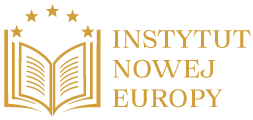



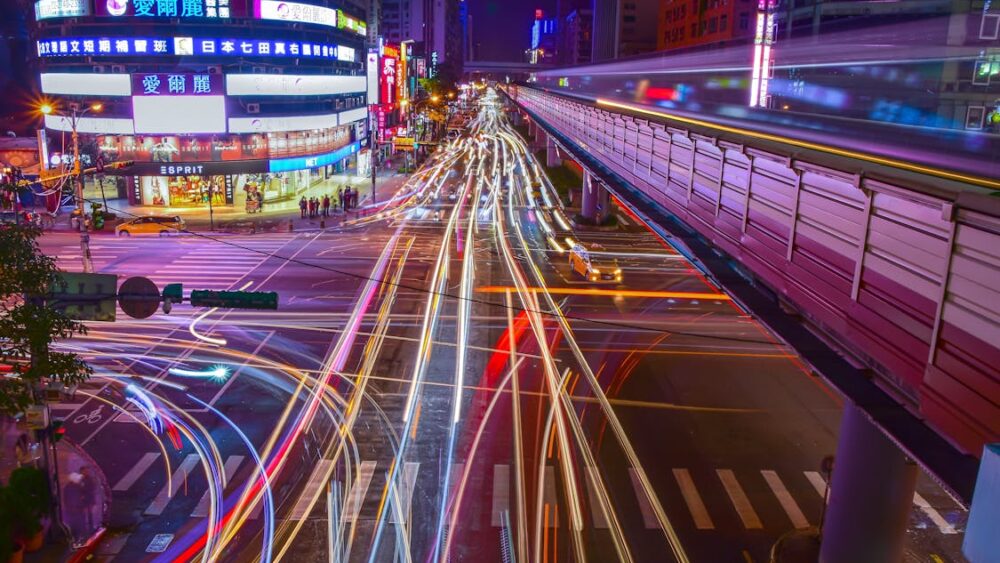








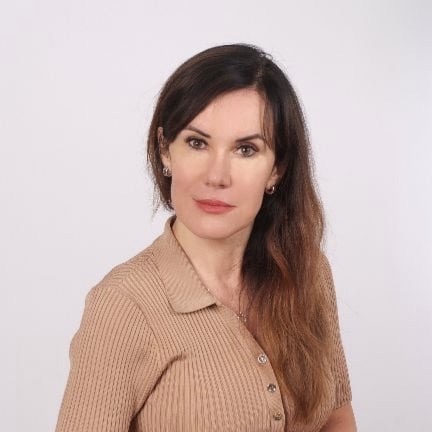
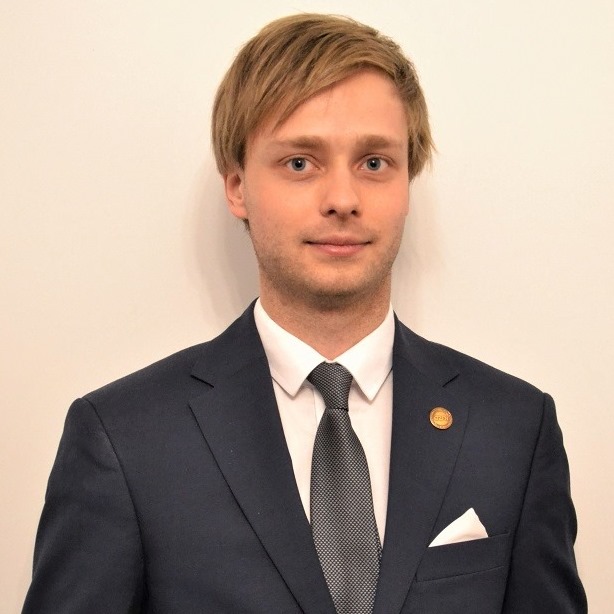
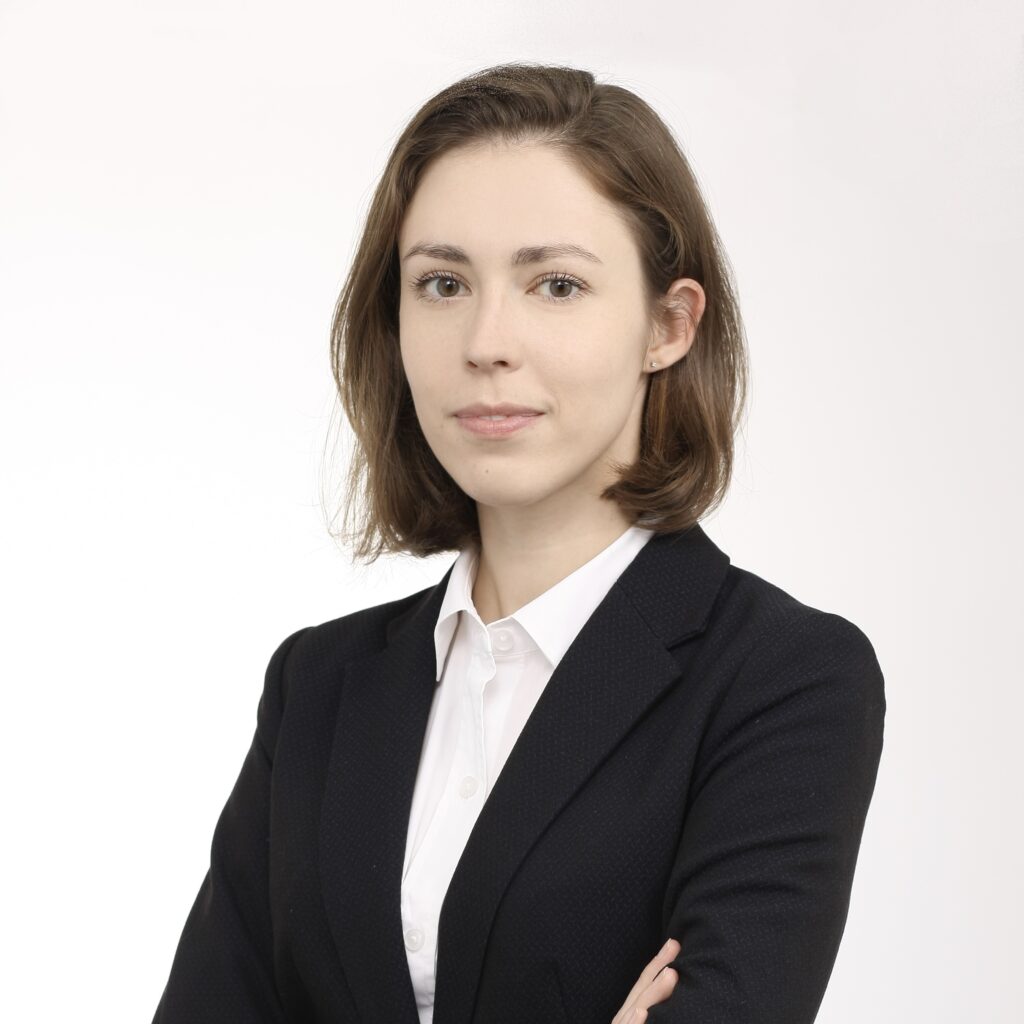
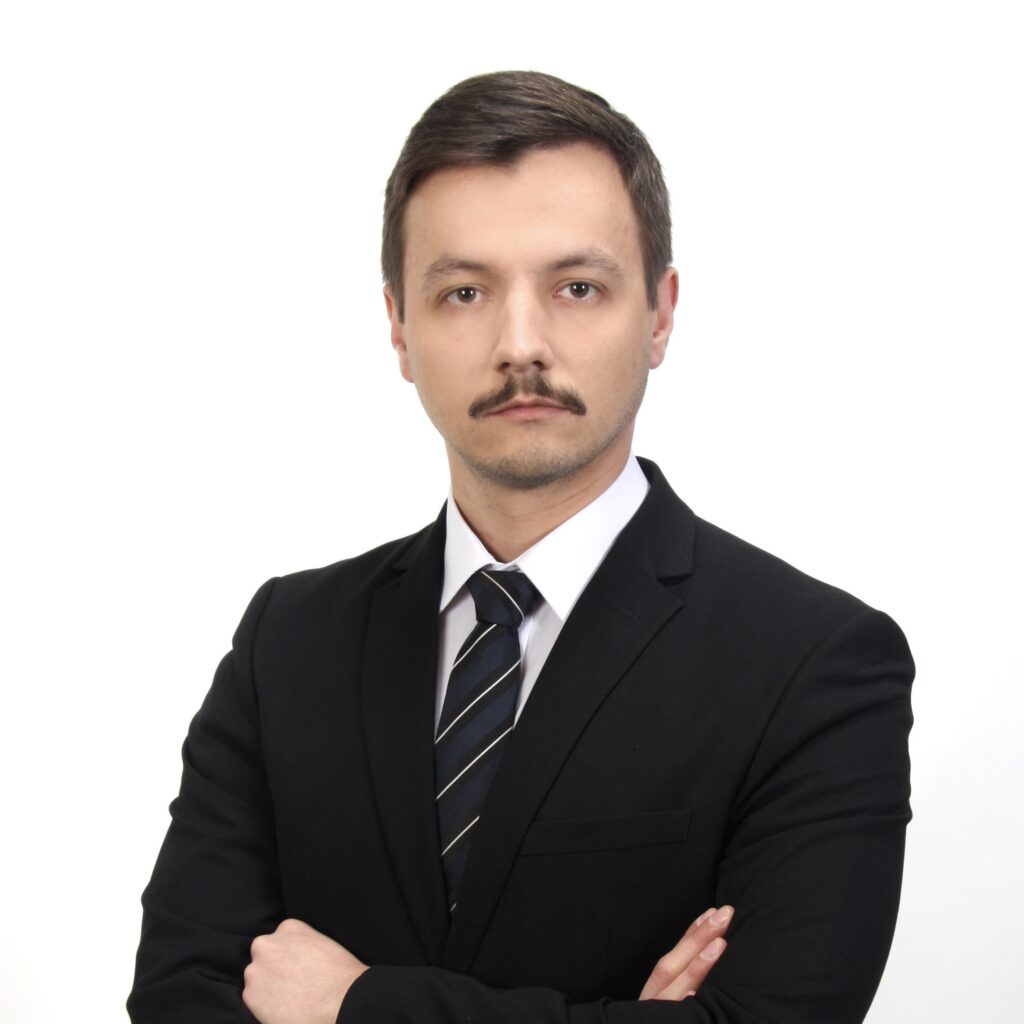

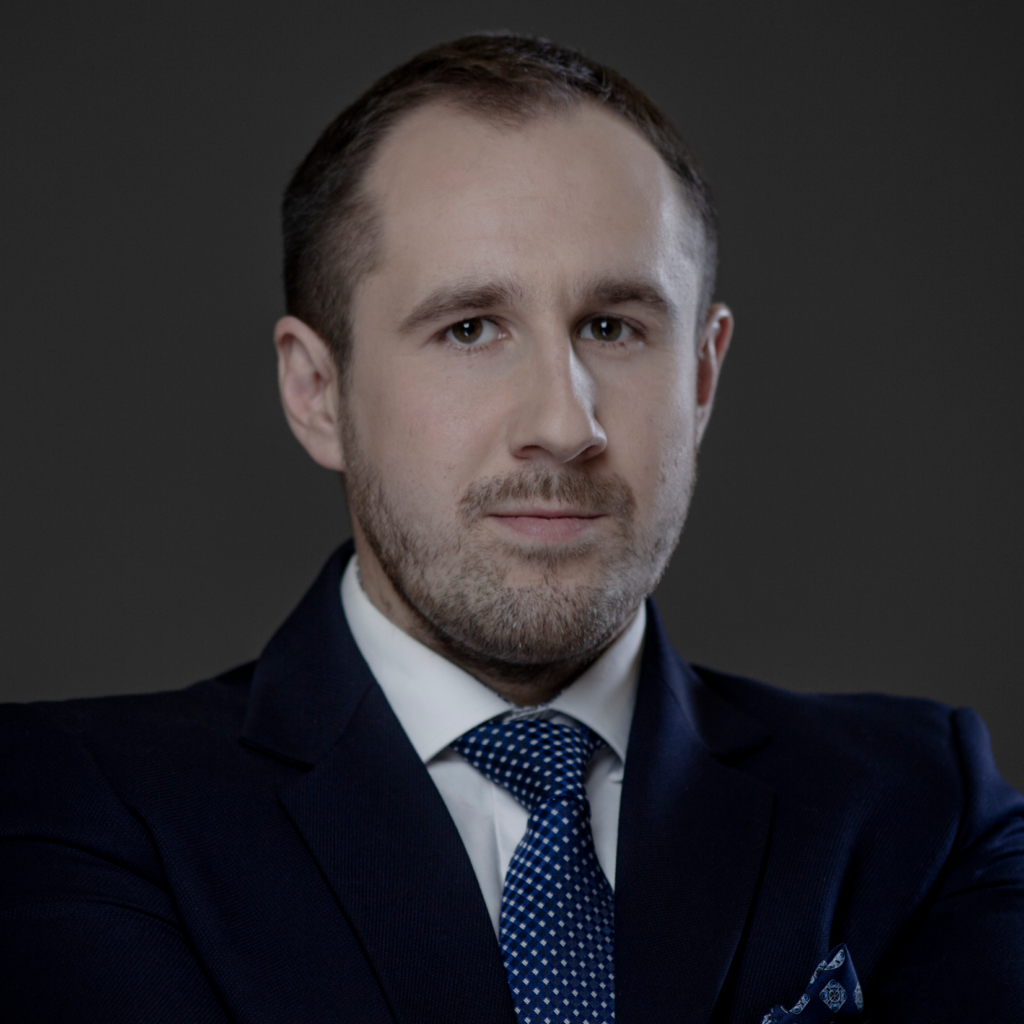





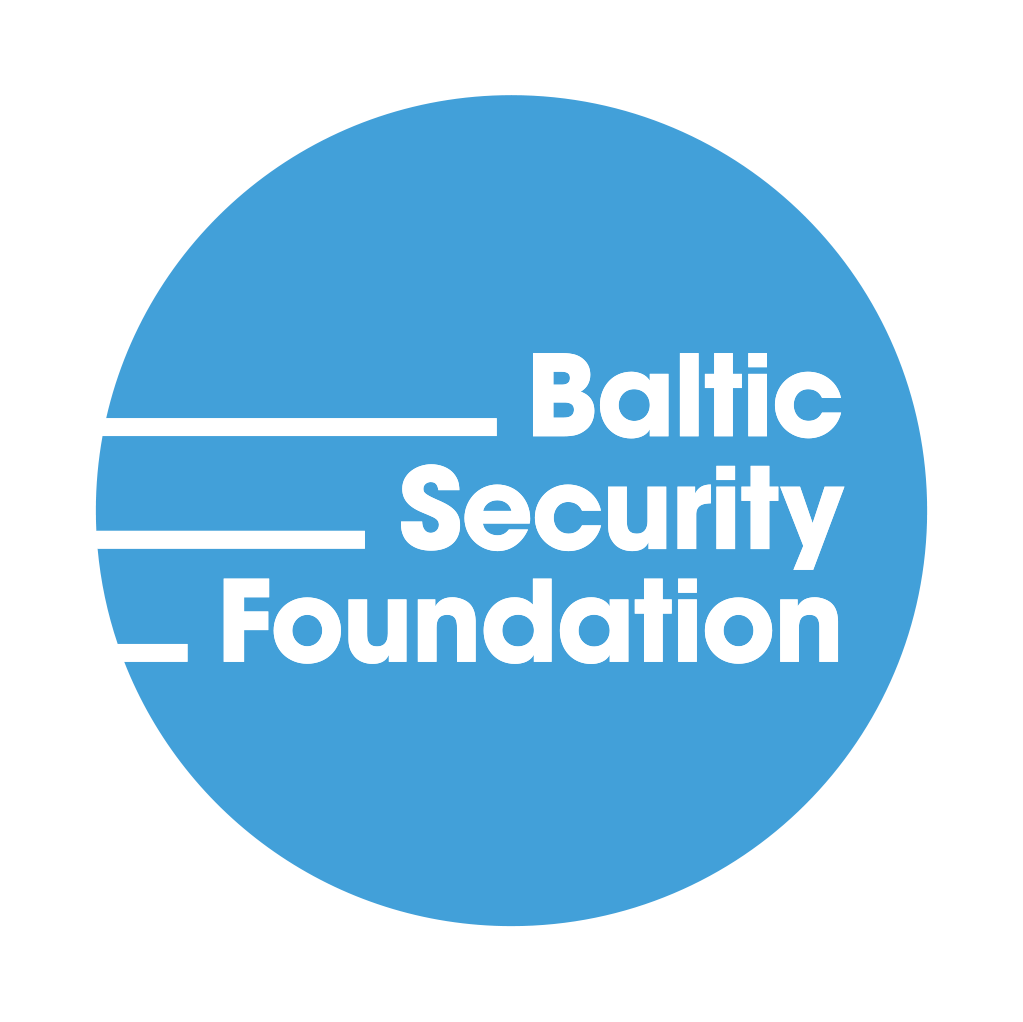
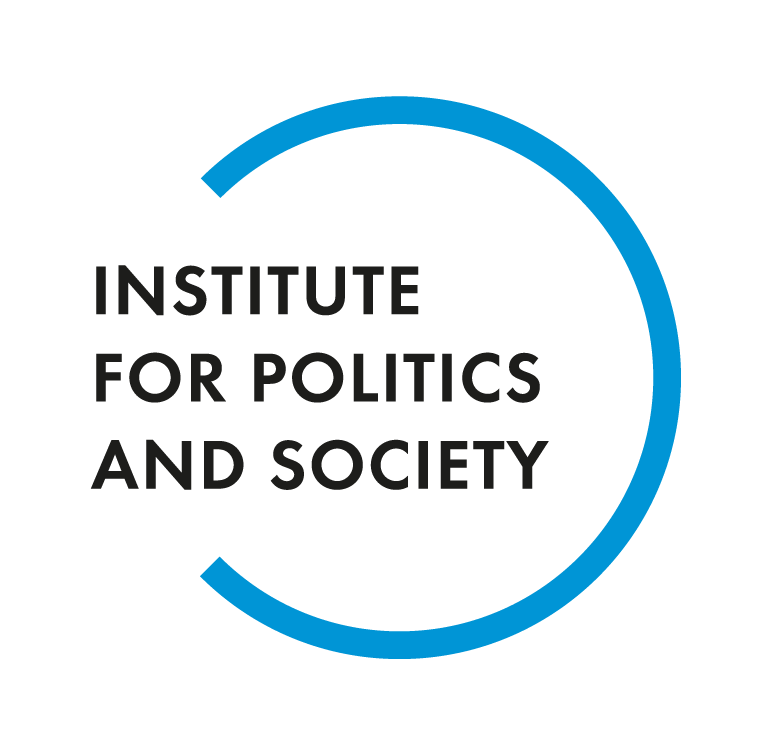
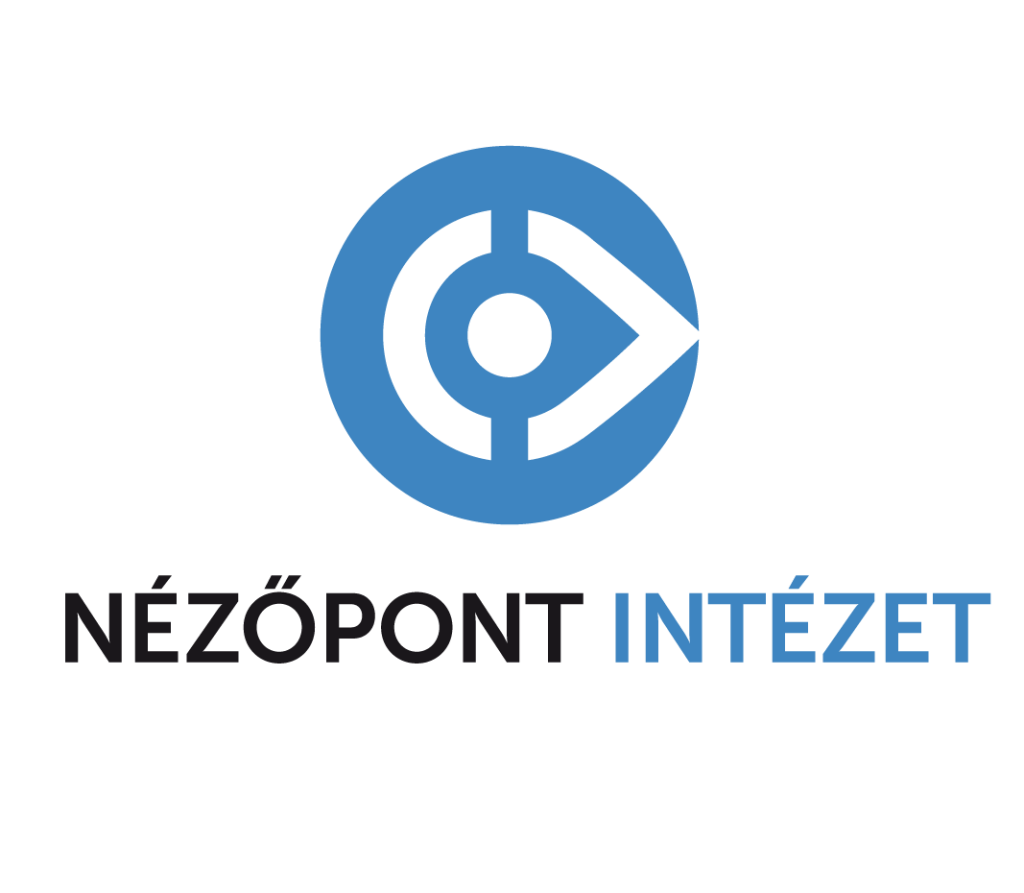

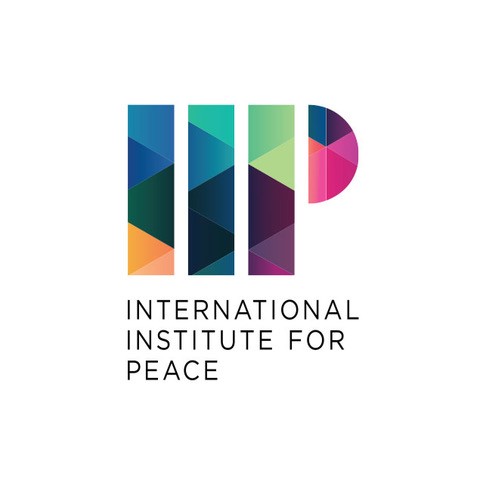
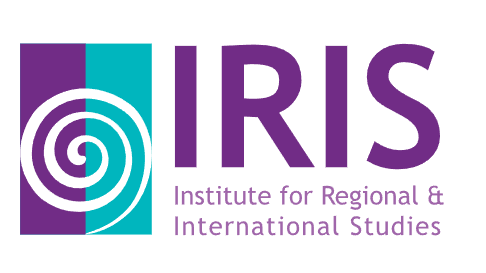
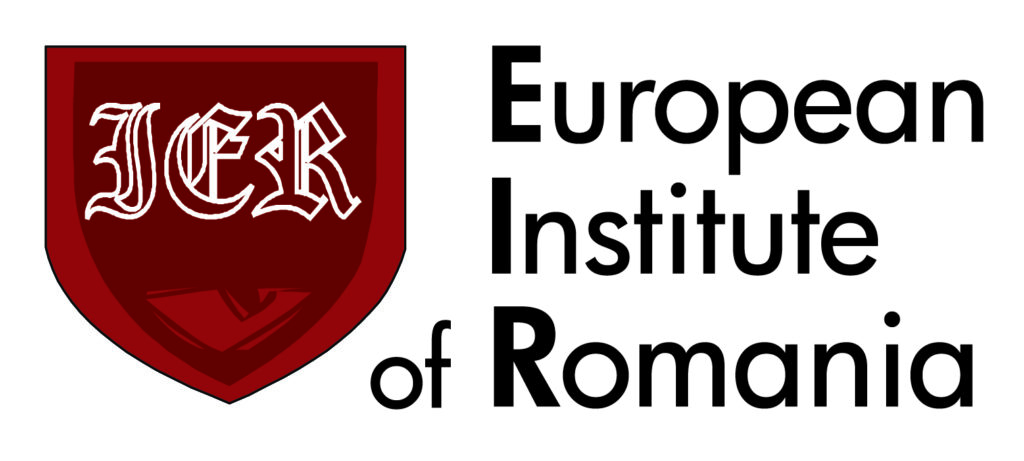
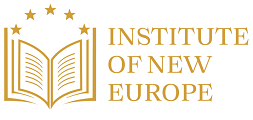
Comments are closed.